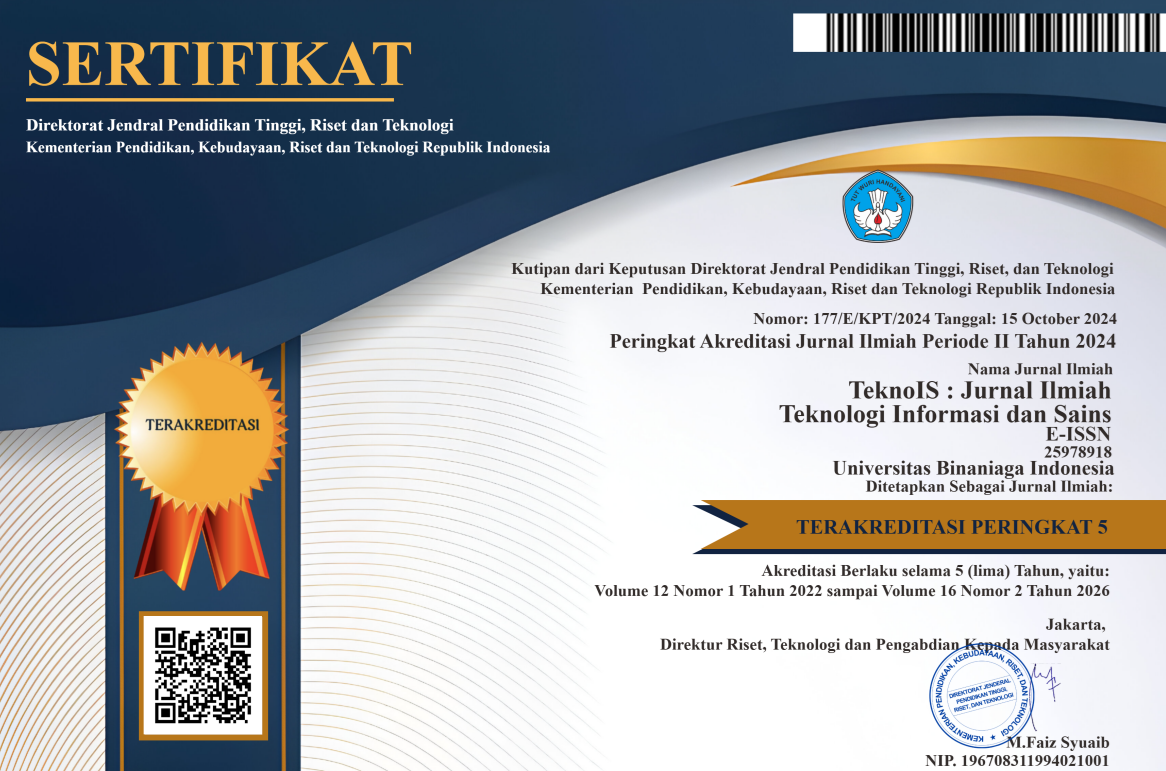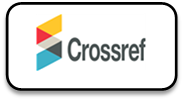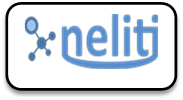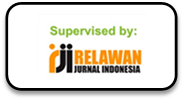Analisis Tingkat Kepuasan Pengguna Aplikasi ChatGPT Menggunakan Metode PIECES
DOI:
https://doi.org/10.36350/jbs.v15i2.318Keywords:
User Satisfaction, ChatGPT Application, PIECESAbstract
The rapid development of information technology has had a significant impact on various aspects of life, including education and access to information. One innovation that has attracted global attention is ChatGPT, a text-based artificial intelligence system that is growing in popularity due to its ability to provide quick and relevant information. This study aims to evaluate the level of user satisfaction with ChatGPT at SMA Muhammadiyah 2 Tangerang using the PIECES method (Performance, Information, Economy, Control, and Service). This study employs a quantitative descriptive approach using the PIECES method to analyze the level of user satisfaction with the ChatGPT application at SMA Muhammadiyah 2 Tangerang. Data was collected through a closed questionnaire with a Likert scale, observation, and literature review. The research sample consisted of 87 respondents selected using purposive sampling based on specific criteria. Data analysis was conducted using IBM SPSS 22.0, including validity and reliability tests, as well as descriptive statistical analysis to objectively describe the research results. The research results indicate that most variables in the PIECES method fall into the satisfied category, with an average user satisfaction score of 4.550. Five variables—Performance, Information, Economy, Control, and Service—are in the satisfied category, while Efficiency is in the very satisfied category. These findings indicate that the PIECES method is effective in analyzing ChatGPT user satisfaction at SMA Muhammadiyah 2 Tangerang.
Downloads
References
[1] W. Suharmawan, “Pemanfaatan Chat GPT dalam dunia pendidikan,” Education Journal: Journal Educational Research and Development, vol. 7, no. 2, pp. 158–166, 2023.
[2] C. A. Nathania, S. Arta, J. B. P. Maufa, N. C. Butar Butar, Z. U. Sefia, and E. R. Handoyo, “Analisis User Experience Penggunaan ChatGPT pada Lingkungan Pendidikan Tinggi,” 2023.
[3] GeeksforGeeks, “Who Invented or Created ChatGPT?,” GeeksforGeeks.
[4] F. Duarte, “Number of ChatGPT users (Feb 2025),” Exploding Topics.
[5] K. Stefani and H. Cilvanus, “Analisis Pengaruh Kualitas Sistem, Persepsi Kemudahan, Iklan, Promosi, dan Harga Terhadap Kepuasan Pengguna Aplikasi Ruangguru,” Media Informatika, vol. 19, no. 2, pp. 72–87, 2020.
[6] M. Darwi, Islamiyah, and M. L. Jundillah, “Penerapan Metode PIECES Framework Sebagai Analisis Tingkat Kepuasan Mahasiswa Dalam Penggunaan Sistem Informasi Akademik,” Adopsi Teknologi dan Sistem Informasi (ATASI), vol. 2, no. 1, pp. 59–70, Jun. 2023, doi: 10.30872/atasi.v2i1.459.
[7] P. D. Arishanti, A. A. I. I. Paramitha, and I. G. A. P. D. Putri, “Analisis Kepuasan Pengguna Pada Aplikasi Go Bali Gas Menggunakan Metode Pieces Framework,” Jurnal Teknik Informasi dan Komputer (Tekinkom), vol. 7, no. 1, p. 80, Jun. 2024, doi: 10.37600/tekinkom.v7i1.1144.
[8] E. B. Pangentasan and E. Maria, “Penerapan PIECES Framework dalam Analisis Kepuasan Pengguna F-Learn UKSW saat Pandemi Covid-19,” J. Sistem Info. Bisnis, vol. 13, no. 1, pp. 60–69, Aug. 2023, doi: 10.21456/vol13iss1pp60-69.
[9] P. L. Lokapitasari Belluano, I. Indrawati, H. Harlinda, F. A. R. Tuasamu, and D. Lantara, “Analisis Tingkat Kepuasan Pengguna Sistem Informasi Perpustakaan Menggunakan Pieces Framework,” Ilkom Jurnal Ilmiah, vol. 11, no. 2, pp. 118–128, Sep. 2019, doi: 10.33096/ilkom.v11i2.398.118-128.
[10] I. Firmansyah and Suparni, “Penerapan Metode Pieces Framework Untuk Menganalisa Kepuasan Pengguna Aplikasi M.TIX,” JATI (Jurnal Mahasiswa Teknik Informatika), vol. 8, no. 6, 2024.
[11] D. Hartanto and S. Yuliani, Statistik riset pendidikan (dilengkapi analisis SPSS). Cahaya Firdaus Publishing and Printing, 2019.
[12] Hardani et al., Metode Penelitian Kualitatif & Kuantitatif. Yogyakarta: CV. Pustaka Ilmu, 2020.
[13] K. Abdullah et al., Metodologi Penelitian Kuantitatif. Aceh: Yayasan Penerbit Muhammad Zaini, 2022.
Downloads
Published
Issue
Section
License
Copyright (c) 2025 TeknoIS : Jurnal Ilmiah Teknologi Informasi dan Sains

This work is licensed under a Creative Commons Attribution-NonCommercial-ShareAlike 4.0 International License.









